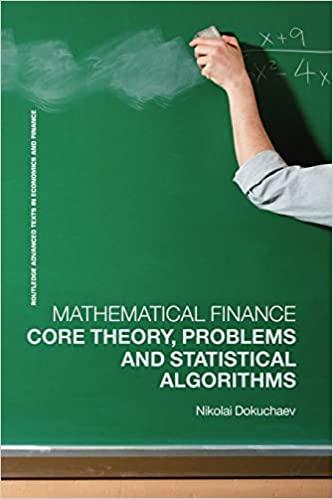

Consider the following action definitions: huppose that your initial state is (HaveMoney AtHome Clothes HaveFood). Note hat Degree would typically not be listed since the Closed World Assumption would take are of it. 1. Draw the planning graph through level S1. (a) First draw the planning graph at level S0. To make the problem somewhat shorter, only include in S0 the four literals listed above for the initial state. (This is why Clothes was explicitly listed as part of the initial state.) (b) Then add the actions (both regular actions and persistence actions) at level A0, along with links from their preconditions at level S0. (c) Next draw level S1 of the planning graph, showing the effects of the actions at level A0 (including the persistence actions). (d) Now draw the mutexes between actions at level A0. (There are 4 of them.) Label each mutex as CN (Competing Needs), IE (Inconsistent Effects), or I (Interference). If there is more than one reason for a mutex, label the mutex with both reasons. (c) Now draw the mutexes between literals at level S1. (There are 7 of them.) Label each mutex as N (Negation) or IS (Inconsistent Support). If there is more than one reason for a mutex, label the mutex with both reasons. 2. Try to extract a solution from your planning graph for the problem of constructing a plan for the goal of (Fun Smart). Draw ALL one-time-period plans - if there are none, explain why. 3. Try to extract a solution from your planning graph for the problem of constructing a plan for the goal of (Cultured Fun Smart). Can you get a one-time-period plan? If so, show the plan, and if not, explain why not? Consider the following action definitions: huppose that your initial state is (HaveMoney AtHome Clothes HaveFood). Note hat Degree would typically not be listed since the Closed World Assumption would take are of it. 1. Draw the planning graph through level S1. (a) First draw the planning graph at level S0. To make the problem somewhat shorter, only include in S0 the four literals listed above for the initial state. (This is why Clothes was explicitly listed as part of the initial state.) (b) Then add the actions (both regular actions and persistence actions) at level A0, along with links from their preconditions at level S0. (c) Next draw level S1 of the planning graph, showing the effects of the actions at level A0 (including the persistence actions). (d) Now draw the mutexes between actions at level A0. (There are 4 of them.) Label each mutex as CN (Competing Needs), IE (Inconsistent Effects), or I (Interference). If there is more than one reason for a mutex, label the mutex with both reasons. (c) Now draw the mutexes between literals at level S1. (There are 7 of them.) Label each mutex as N (Negation) or IS (Inconsistent Support). If there is more than one reason for a mutex, label the mutex with both reasons. 2. Try to extract a solution from your planning graph for the problem of constructing a plan for the goal of (Fun Smart). Draw ALL one-time-period plans - if there are none, explain why. 3. Try to extract a solution from your planning graph for the problem of constructing a plan for the goal of (Cultured Fun Smart). Can you get a one-time-period plan? If so, show the plan, and if not, explain why not








